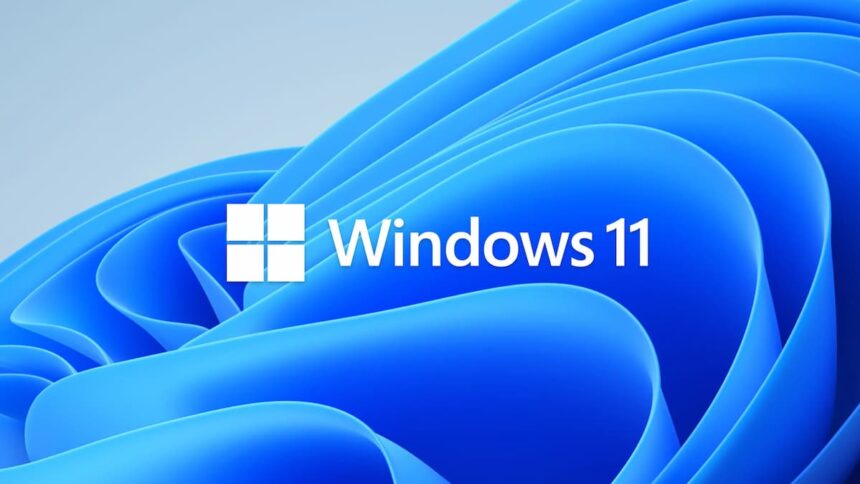Microsoft has significantly changed to Windows 11, removing the option for users to install the system without linking a Microsoft online account. This update, introduced in the latest Windows 11 Insider Preview, is aimed at “enhancing security and ensuring a more connected user experience,” according to Microsoft.
Whether you buy into that reasoning or not is up to you—but one thing is clear: local account installations are no longer an option in the latest preview builds.
Goodbye to the tricks to avoid online account
Microsoft Blocks Workarounds for Offline Windows 11 Installation
Previously, some users could bypass the Microsoft account login requirement during Windows 11 setup using the bypassnro.cmd command. However, Microsoft has now removed this loophole, making it mandatory for all users to connect to the internet and sign in with a Microsoft account when setting up a new PC.
This move further tightens Microsoft’s control over system installations, leaving no official way to install Windows 11 without an online account.
According to company statements:
“We are eliminating the script bypassnro.cmd to improve safety and user experience in Windows 11. This change guarantees that all users complete the configuration with Internet connectivity and a Microsoft account.”
Microsoft Tightens Windows 11 Setup Restrictions, But Workarounds Remain—For Now
Currently, users can still bypass the Microsoft account requirement by modifying the Windows Registry during setup. By pressing Shift + F10 to open the command prompt and running the following command, users can temporarily avoid the restriction:
reg add HKLM\SOFTWARE\Microsoft\Windows\CurrentVersion\OOBE /v BypassNRO /t REG_DWORD /d 1 /f shutdown /r /t 0
However, this method may be blocked in future updates. Advanced users and IT professionals also have other solutions, such as using an unattended.xml file to automate Windows installation while skipping the account sign-in step—an approach particularly useful for enterprise deployments.
Microsoft’s Push for Windows 11 and End of Windows 10 Support
This change is part of Microsoft’s broader efforts to encourage Windows 11 adoption while discouraging the continued use of Windows 10, whose support ends in October 2025. Other recent moves include:
- Blocking Windows 11 installation on devices without TPM 2.0
- Disabling activation with old Windows 7/8/10 product keys
- Introducing full-screen ads promoting Windows 11 and new devices
While Microsoft justifies these measures as enhancements for security and ecosystem integration, many users—especially those who prefer local accounts—see them as restrictive. As Microsoft tightens its grip, the community will likely continue exploring new ways to maintain control over their Windows experience.





